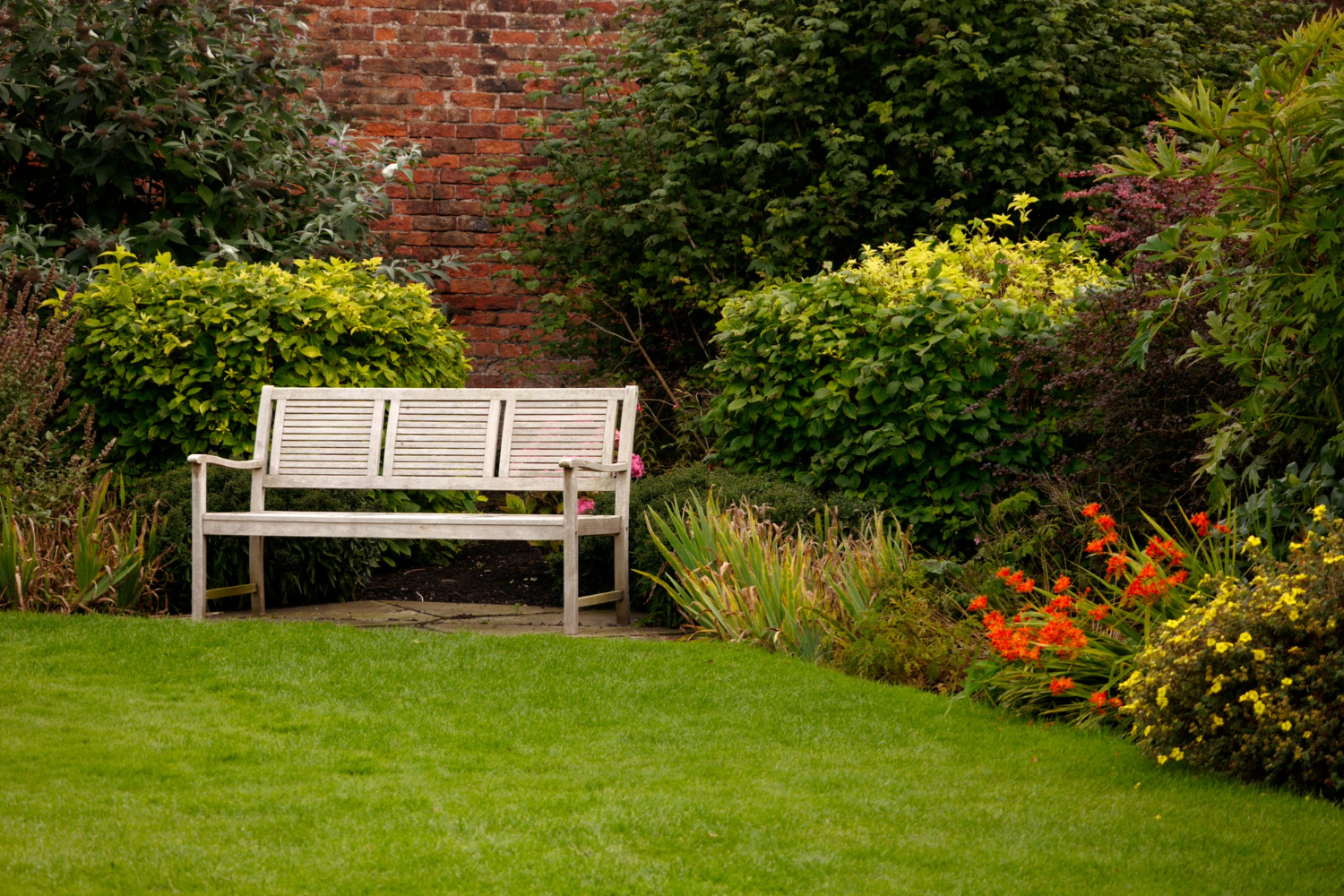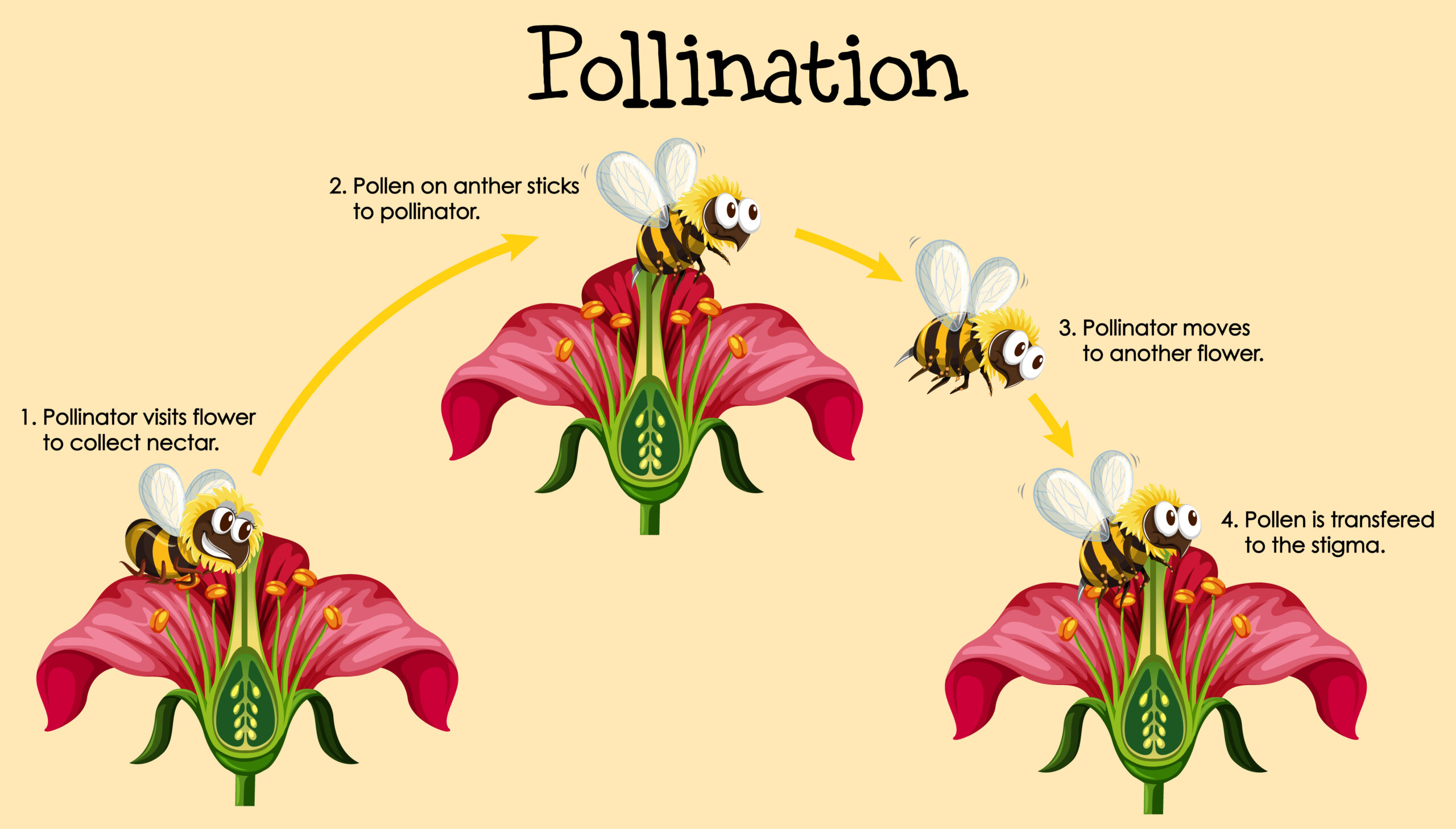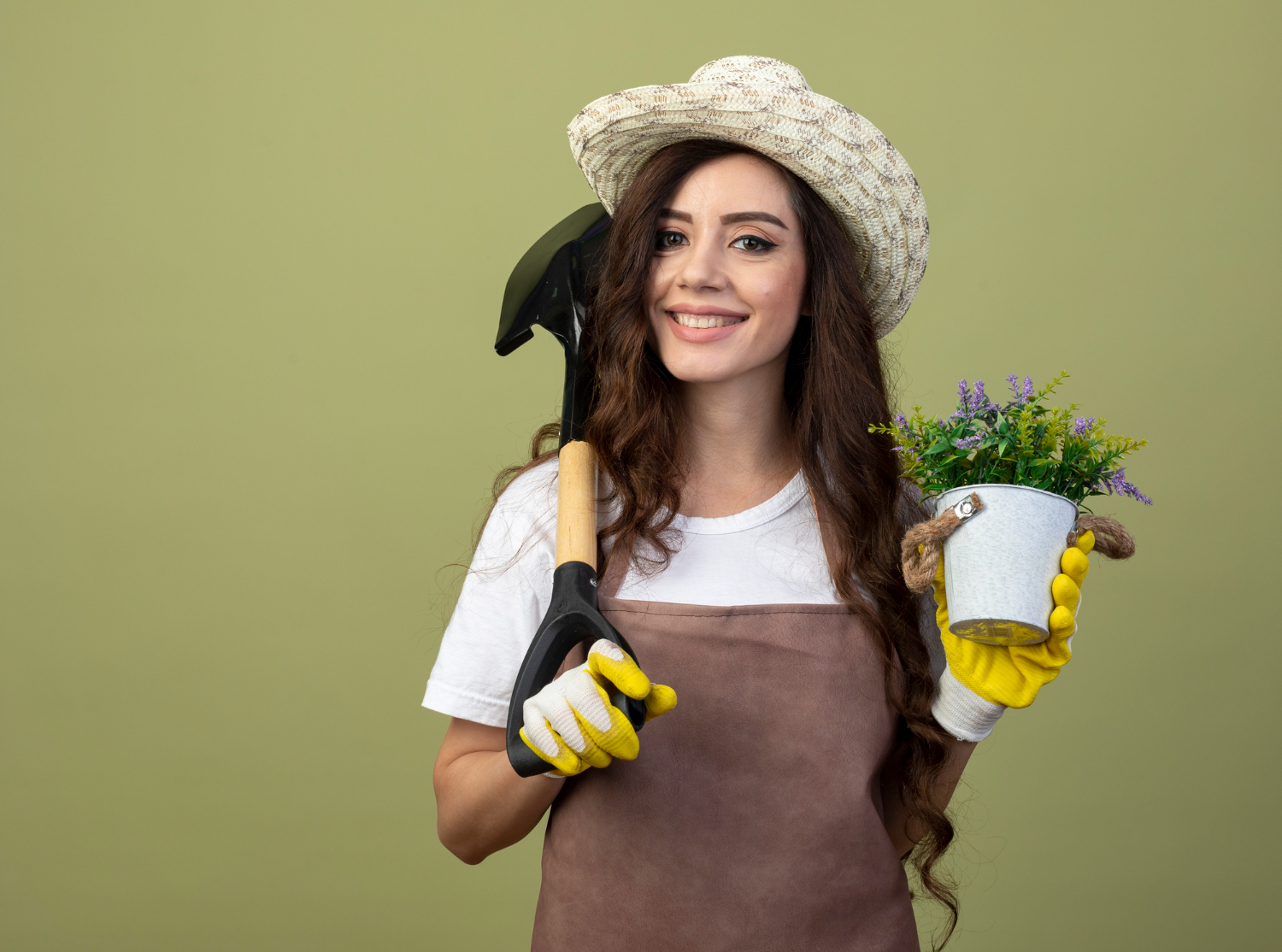If you’re looking to spruce up your living space and add a touch of nature to your home, indoor gardening might be just the thing for you.
Not only can it be a fun and rewarding hobby, but it also offers a multitude of benefits for your health and well-being.
Indoor gardening allows you to bring the beauty and benefits of nature indoors, even if you don’t have access to a garden or outdoor space.
It can improve the air quality in your home, reduce stress and anxiety, and even boost your mood and productivity.
Plus, it’s a great way to add some greenery and personality to your living space.
But where do you begin?
In this guide, we’ll take you through the basics of indoor gardening, from choosing the right plants for your space to maintaining a healthy garden and displaying your plants creatively.
Let’s get started!
Benefits of Indoor Gardening
Bringing greenery inside not only beautifies your home, but it also has a positive impact on your mental and physical wellbeing.
Indoor gardening helps in improving air quality by absorbing toxins and pollutants present in the air, thereby providing cleaner and fresher air to breathe.
Studies have shown that indoor plants help in reducing stress levels and promoting relaxation, leading to a more peaceful and calm environment.
Indoor gardening has numerous benefits, including the ability to grow fresh produce year-round, without having to worry about weather conditions.
Growing your own herbs and vegetables can also save you money in the long run, as you won’t have to buy them from the grocery store.
Additionally, indoor gardening can be a fun and rewarding hobby, and it can also bring a sense of accomplishment and pride when you see your plants thriving.
So, whether you’re looking to add some greenery to your living space or just want to reap the benefits of indoor gardening, it’s definitely worth giving it a try!
Choosing the Right Plants for Your Space
To make sure you pick the perfect plants for your home, consider factors like lighting, temperature, and maintenance requirements.
First, think about the placement of your plants. Some plants prefer more direct sunlight, while others can thrive in lower light conditions. If you have a sunny window, consider plants like succulents, herbs, or flowering plants. On the other hand, if you have a darker area in your home, consider plants like snake plants, pothos, or ferns, which can tolerate lower light conditions.
Next, think about your lighting options. If you don’t have access to natural light, you can still grow plants with the help of artificial lighting. LED grow lights are a great option for indoor gardening, as they consume less energy and emit less heat than traditional grow lights.
When choosing your plants, make sure to research their lighting requirements and match them with the appropriate lighting option. With the right placement and lighting, you can create a thriving indoor garden in any space.
Essential Tools and Materials for Indoor Gardening
You’ll need some essential tools and materials to make sure your indoor garden thrives, so let’s take a look at what you’ll need.
First, consider using hydroponic systems if you want to go soilless. These systems use water and nutrients to grow plants, without the use of soil. This can be a great option if you have limited space or want to avoid the mess of soil.
If you do choose to use soil, make sure you have high-quality potting mix that is specifically formulated for indoor plants. You’ll also need a variety of containers, such as pots or hanging baskets, depending on the size and type of plant you’re growing.
Other essential tools include gardening gloves to protect your hands, a watering can or sprayer to water your plants, and a pair of pruning shears to trim back any dead or overgrown foliage.
With these tools and materials, you’ll be well on your way to creating a thriving indoor garden.
Tips for Maintaining a Healthy Indoor Garden
Maintaining a healthy indoor garden can be a challenge, but with a few tips and tricks, you’ll be able to keep your greenery thriving in no time.
First and foremost, it’s important to master watering techniques. Overwatering can lead to root rot, while underwatering can cause wilting and eventually, death. The best way to avoid this is to research the specific needs of your plants and create a watering schedule that fits their requirements. Generally, plants prefer to be watered deeply, allowing the soil to dry out slightly before the next watering.
In addition to proper watering, pest control strategies are also vital for maintaining a healthy indoor garden. Pests such as spider mites, mealybugs, and fungus gnats can wreak havoc on your plants if left untreated.
One effective way to prevent and control pests is to regularly inspect your plants for signs of infestation. If caught early, simply wiping the leaves with a damp cloth or using natural insecticides like neem oil can be enough to eliminate the problem. It’s also important to keep your living space clean and free of debris, as this can attract pests and create an unhealthy environment for your plants.
Creative Ideas for Displaying Your Indoor Plants
Get creative with how you display your plants to add some personality to your home decor. Did you know that adding just one plant to a room can increase productivity and creativity by up to 15%?
One way to display your indoor plants is by using hanging baskets. These can be hung from the ceiling or mounted on the wall, giving your plants a unique look while also saving space. You can choose from a variety of materials, such as macrame, woven baskets, or even repurposed items like vintage tea cups or bird cages.
Another idea is to create DIY plant shelves. These can be made using simple materials like wood, brackets, and screws. You can customize the shelves to fit your space and style, and even add decorative elements like paint or stencils.
Not only do plant shelves provide a functional way to display your plants, but they also add a touch of greenery to your walls, making them a great statement piece in any room.
So get creative and find unique ways to display your indoor plants. Not only will it bring life to your living space, but it will also benefit your mental and physical well-being.
Conclusion
Congratulations! You’re now equipped with the knowledge and tools to create a thriving indoor garden in your living space.
Imagine walking into your home and being greeted by a lush display of greenery and vibrant colors. The air is fresh and clean, and the atmosphere is calm and relaxing. You can almost feel the stress and tension melt away as you take in the beauty of your indoor oasis.
By following the tips and guidelines outlined in this article, you can transform your living space into a botanical wonderland.
Whether you’re a seasoned gardener or a beginner, indoor gardening is a rewarding and fulfilling hobby that can bring joy and peace to your life.
So, go ahead and get started on your indoor garden today. Your home, your health, and your happiness will thank you.









